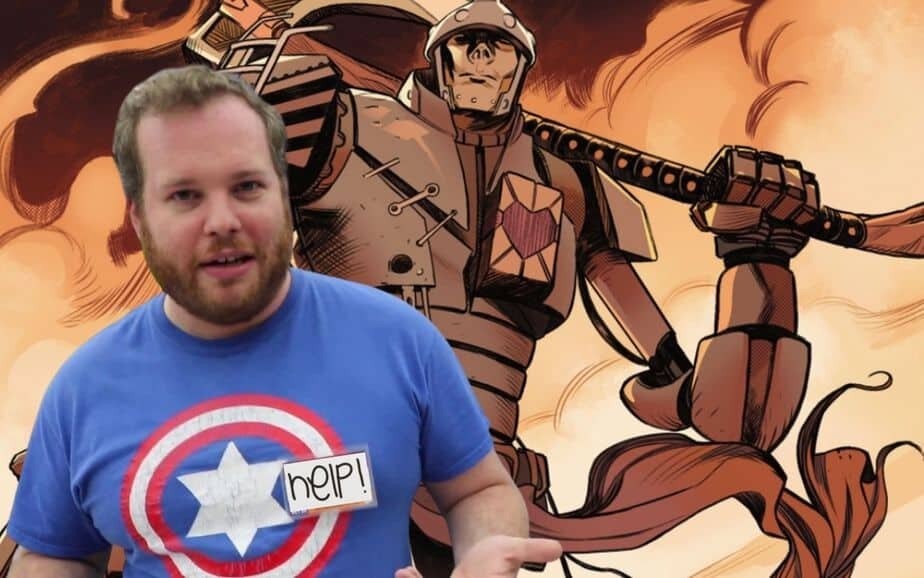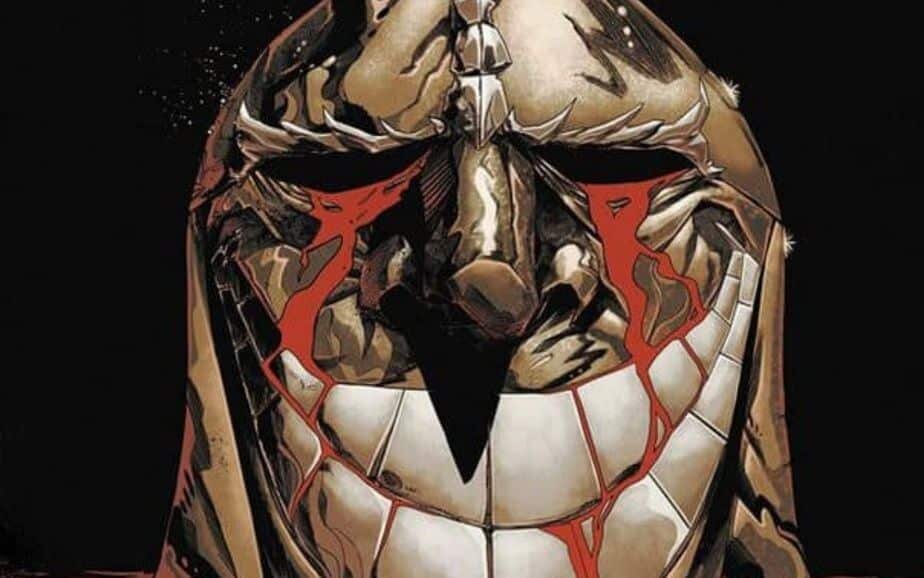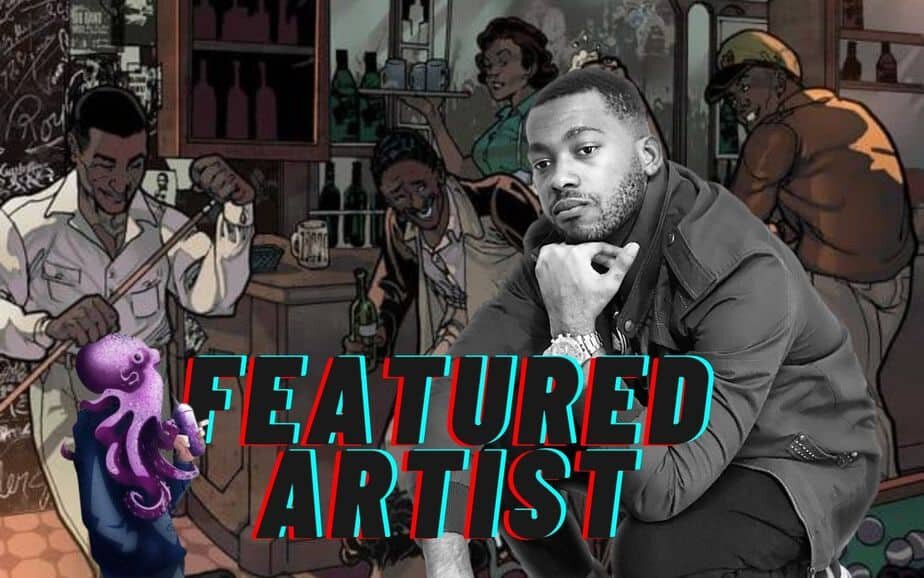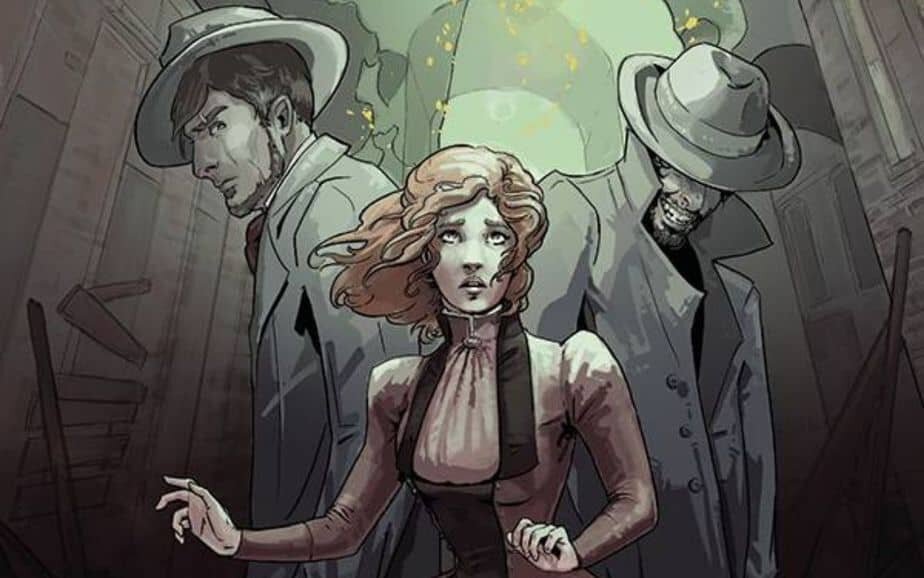
A Quality Based Approach to Crowdfunding
DISCLAIMER: Some of the links below are affiliate links. If you buy something from a link, we may earn a commission. This is used to help maintain the site and create more content for you!
“Experience is the best teacher, but the tuition is high.”
– Norwegian Proverb
Having created two new comic titles that both saw subsequent issues receive more money and backer and the first issues, I wanted to put down my thoughts on how to go about introducing and growing your new intellectual property.
This advice need not apply to an up and coming artist who is looking to just put out a good book to draw interest in your artistic talents to draw more lucrative work. If that’s your situation, fantastic.
As an artist, making your comic should allow you to advertise your talents and make some change on the side as your art budget is basically zero. In addition, it will give prospective collaborators how much of a crowd you’re bringing to the crowd funding table as you have projects to which you may refer them.
My attempt here will be to provide you with a treasure map that points out the potential pitfalls and shows you where the money is based on my experiences over the past three years.
First, let’s be clear on what expectations you should have. Creating a new comic book means starting a new business. And the number one killer of any new business is poor cash flow.
What would a death due to bad cash flow look like for a new comic creator? Well, it would mean that you invested money in creating a comic book, which you should think of as the primary asset of your new business, but that you are not able to recoup the costs associated with it and end up will unpaid bills. If those bills happen to include the art team, then your project may not end up seeing the light of day. At that point, your new venture became another failed businesses statistic.
So how do we avoid that? First, you have to recognize what the costs are and at what time they become a liability to your new business. There are three significant costs associated with comic books: artistic / writer costs; printing costs; and fulfillment costs.
Let’s break down these numbers and put a pencil to each of them.

Artistic Team Costs
If you are writing and illustrating your own book, then the good news is that these costs represent only opportunity costs and not actual money expenses.
What’s an opportunity cost? It’s what the opportunities you have to forgo to put the work in to create the book. So if you have to turn down paying work to finish your own book, that would be an opportunity cost.
To keep the math easy, let’s say you are paying your artistic team $100 a page. If you are able to realize that rate, congratulations! You’re paying way less than I am.
From what I understand of the current artistic market, you can find artists who will work for $100 a finished page or less. These will tend to be your less experienced artists who haven’t built a following for their work yet. Some will be quite good and a bargain for the page rate. For that matter, with the impact of the quarantine, we could see a number of high profile artists willing to cut their rate to get a paying gig.
Next, how long should an issue be? There are two competing models I’ve observed for crowd funded comic book offering size: the 24 page offering for $10, which I may have had some hand in popularizing, and the 48 page book offered for a price point of $25.
Each has their advantages. The 24 page book allows you to bring a book to market at half the cost and time of a book twice it’s size, but the 48 page book commands 5 times the perceived value on Indiegogo.
Personally, I prefer the lower price point. If people don’t know you, they are more likely to take a chance on you for $5 than for $25. And my audience has grown with each crowd fund I do, while many of the 48 page projects have seen their customer base decline.
From here on, I will discuss things in terms of the 24 page comic. If someone else has experience with the 48 page offering, I would love to hear your experiences.
Now, let’s look at a crowd fund and assume you manage to get 100 backers and bring in, say, $2125. Now, you might think that $21.25 per average backer seems optimistic, but it’s not.
There are a number of things you can offer as a small creator such as: customized books with hand drawn artwork; getting the reader’s image drawn into the next issue; and, of course, variant covers.
In addition, allow me to toot my own horn a bit and talk about the offer I make when I do my campaigns. I offer 100 copies of my book, so White Lily or Guinevere, with your cover on it for $500 plus shipping. Those are your exclusive covers and you could offer a tier of your campaign where you price it at $25 for the 1 of 100 variant and $10 for your book to be $35.
That’s just one example. The possibilities are endless.
EXAMPLE FIRST CROWD FUND
Now let’s look at how your crowd fund of 100 backers might break down:
40 backers pledged $5 to get just the PDF ($200)
30 backers pledged $10 to get the physical copy ($300)
25 backers pledged $35 to get the two book deal I was just talking about ($875)
And 5 backers play $150 to get drawn in the next issue and treated like general royalty by the art staff ($750)
Take all together, that’s $2125
Now, what are your costs?
Well, going with our prior assumption, a 24 page comic cost $2400 in art.
You can print up 60 copies or so at Comix Wellspring and pay roughly $4 a copy for a total of $240 in print cost.
The variant cover of one of my comics cost you $5 each for that, and you used 25 of them in this campaign for $125 in cost.
The cost of drawing your backers into the next book is essentially nothing.
Shipping out 55 books will cost you 55 protected mailers ($1 each) and $2.25 each in media mail to total $178.75
So our total costs would be $2765
In other words, we lost $2765 – $2125 in revenue or <$640>.

You mean I lost money?
Depends on if the art budget represented hard costs or mere opportunity costs. But, as you can see, it’s a lot easier to put our comic books when you can draw them yourself. The numbers I went over represent the barrier to entry to entering the comic crowd funding market.
If you just can’t afford to lose that kind of money, then you need to take more time developing your social network. I don’t know, maybe Hail Ceasar or something. Couldn’t hurt.
Now do it again, as fast as possible!
Here is a graph of the total sum of the crowd funds I have done for each of my first seven issues.
As you can see, my audience is growing. Those customers who started for $5 PDFs come back for $35 tiers when their friends test the waters with a $5 purchase. Even better, your average amount per backer will start going up because newcomers will want to purchase your back issues.
With each successive project, more money comes into the mix which gradually moves you towards an area of profitability. Stead, sustainable, growth.
Follow the dollars
As you can see from my sales data, audiences seem to respond more to Guinevere and the Divinity Factory than they did White Lily. So I know I need to start tailoring my content away from war comics and towards more traditional tales of fantasy and the fantastic.
I recommend your first project line for an anthology series where you introduce different characters you have conceived of. See which one sells better. Then make more of those comics.
Quality leads the way
Customers will find ways to support projects where their expectations are met or exceeded. You want a regular relationship with your backers where they back every project your create in one way or another. You need to put a lot of thought into what you are going to offer them that makes them feel valued and coming back.
For me, I have endeavored to have my brand, Pocket Jacks Comics, be associated with rapid delivery, fair prices, excellent artwork, and amazing stories. The beautiful things about a quality model is that your advertising message is tailored to the values your providing.
A continued dedication to customer excellence and value will deliver more customers to your door with time.
Protect your Comic Book Collection

Protect your Comic Book Collection with some Bags and Boards home delivered through our Preferred Dealer.










